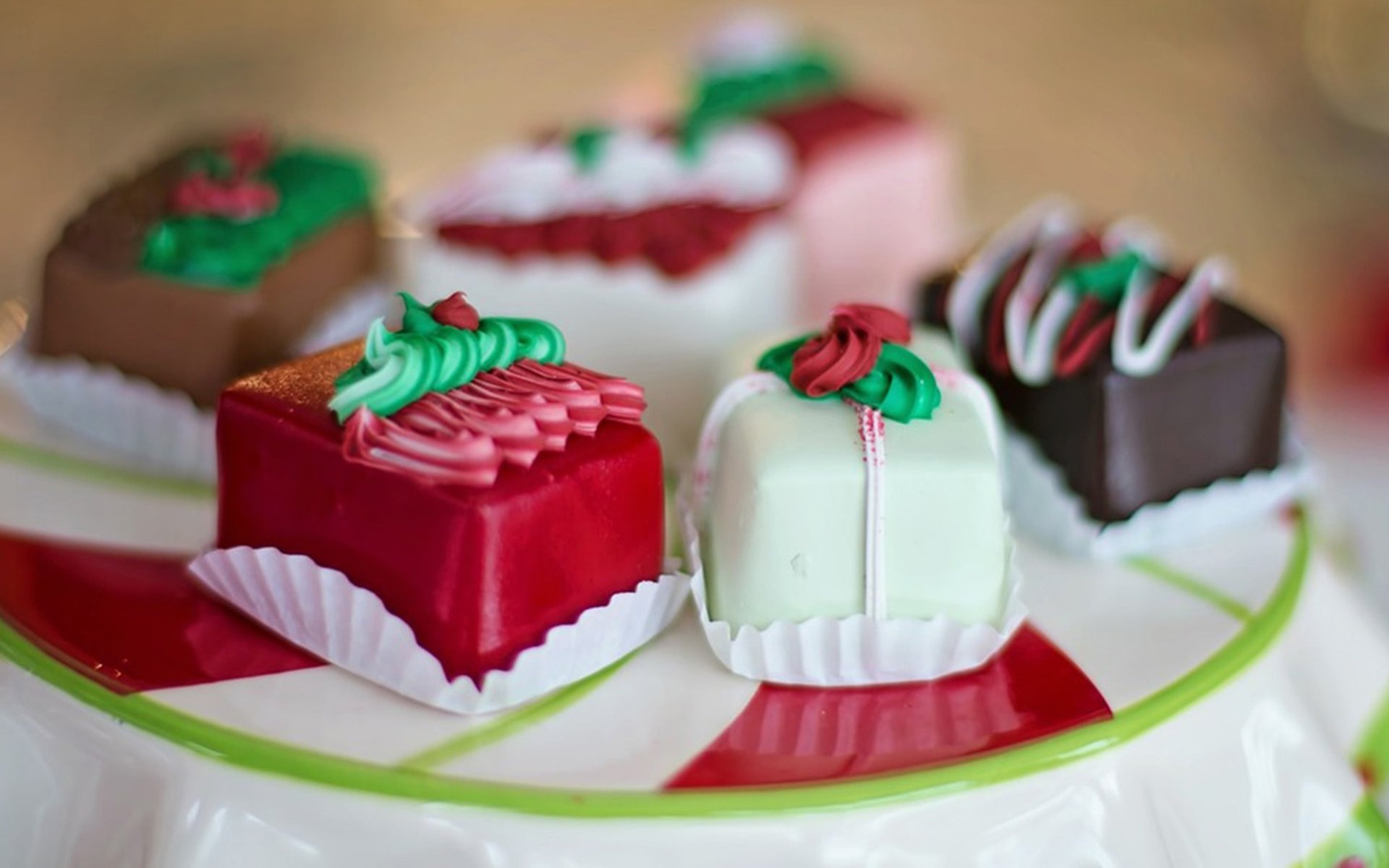Petit Four

Whenever there are special occasions like birthdays, weddings, or other celebrations, the French often adorn their dessert tables elegantly with bite-sized pastries called Petit Four to impress their guests. But serving desserts in this manner doesn't just create an impression of luxury; serving bite-sized sweets also makes them easy to eat and convenient for guests.
The Origin of Petit Four: From Ancient Oven Temperatures
The origin of Petit Four can be traced back to the Renaissance era, during the 15th and 16th centuries. In this period, bread ovens were large stone and brick structures that typically used charcoal as fuel. Consequently, it took a very long time for these ovens to heat up. However, once hot, such ovens retained heat for a long time, and it would also take a considerable amount of time for them to cool down after baking was finished.
When these ovens reached their hottest, they were called Grand Four, suitable for roasting meats, baking bread, cakes, and other normal or extra-large-sized foods. But as the fire began to die down, these ovens would still retain residual heat within their walls. This level of heat was called Petits Four (the same name as the pastry, but here referring to the oven temperature) and could be used to bake cookies and bite-sized pastries. Therefore, all pastries baked at this temperature were collectively referred to as Petit Four.
The idea of baking bite-sized pastries at this specific temperature first emerged in the French high court. Talented pastry chefs sought to create exquisite yet small desserts suitable for celebrations. They observed that every time large breads were baked, as the fire was dying down, the oven still retained heat. They tried baking small, bite-sized pastries in the oven again and found that this level of heat was indeed suitable for making small confections. This, then, was the origin of Petit Four.
Evolution into Diversity and Global Recognition
As the culinary arts flourished in the 17th and 18th centuries, Petit Four gained increasing popularity. French pastry chefs, renowned for their creativity, developed these tiny baked goods to be even more appealing, offering a variety of flavors, shapes, and colors, as well as creating layered designs for fillings.
Later, in the early 20th century, Petit Four became an essential part of afternoon tea and formal gatherings. These small pastries were often served on tiered cake stands alongside other baked goods. The variety and beauty of Petit Four greatly captivated guests at these events.
Today, with more modern baking techniques and equipment, Petit Four is a dessert accessible to everyone. With the simplicity of ingredients and the versatility of flavors, bakers can create endless varieties of Petit Four.
Today, Petit Four has become a beloved dessert form worldwide, appreciated for both its aesthetic appeal and impressive taste. The evolution of Petit Four reflects the ever-changing tastes and trends in the culinary world. From its humble origins to the present day, these tiny sweet delights continue to satisfy countless dessert lovers.


